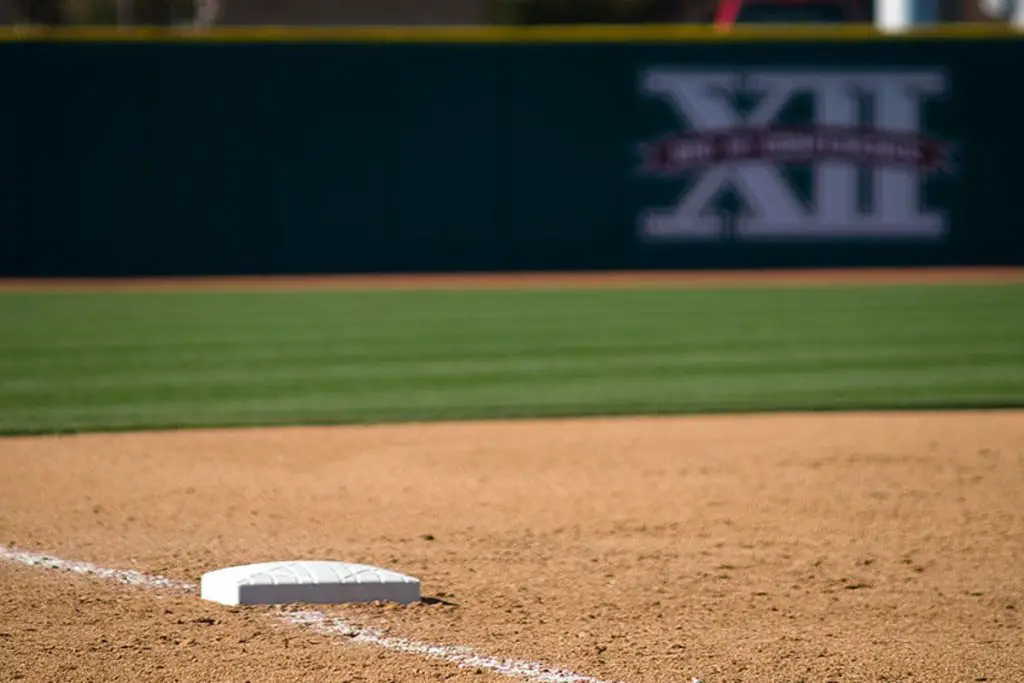Baseball Rules:
The Ball | The Bat | Fences | Uniforms | Mitts & Gloves | Benches | Pitcher’s Plate | Plate & Bases | The Field
Home plate and the base bags must fit certain specs, too. Home plate is beveled. The bags must be made of canvas, and filled with soft material, fifteen inches square and 3 to 5 inches thick. All four bases must be in fair territory.
The bases didn’t start out being the bags they are today; originally they were wooden stakes, but largely because so many players were injured, they were substituted with other, less pointed objects. Flat stones were used for a while, and in 1840 sand-filled sacks came into existence in some areas. It was in 1877 that today’s fifteen-inch-square, canvas-covered bases became the standard.
Home plate, too, was subject to certain changes over the years. For one, under Massachusetts rules, the batter’s box (then called the “striker’s box”) was located midway between first base and the “fourth” base the runner crossed to score. In 1885 and 1886, home plate was allowed to be marble as well as “whitened rubber.” For some years, it was a twelve-inch square, and it wasn’t until 1900 that the present five-sided design was adopted.

